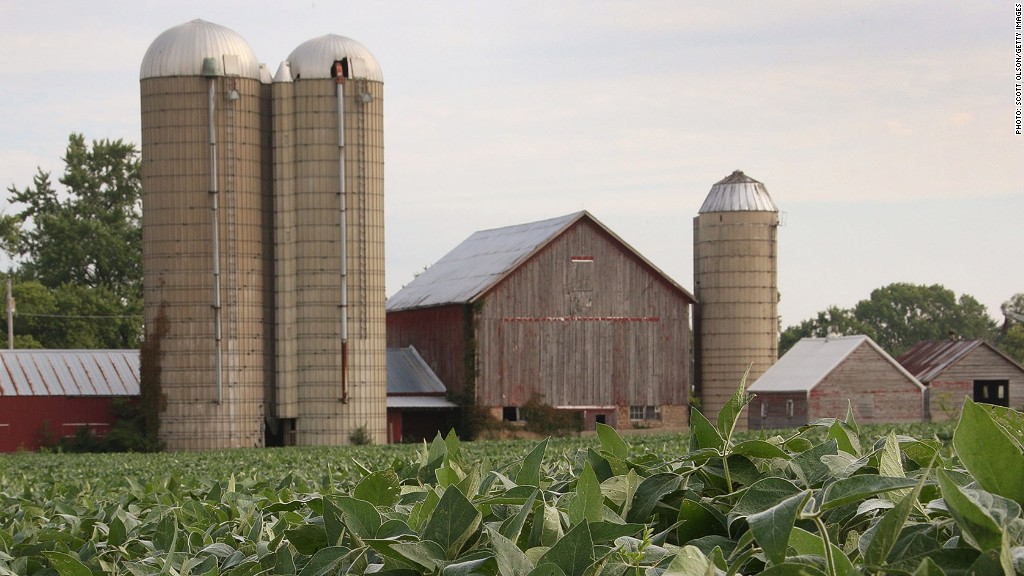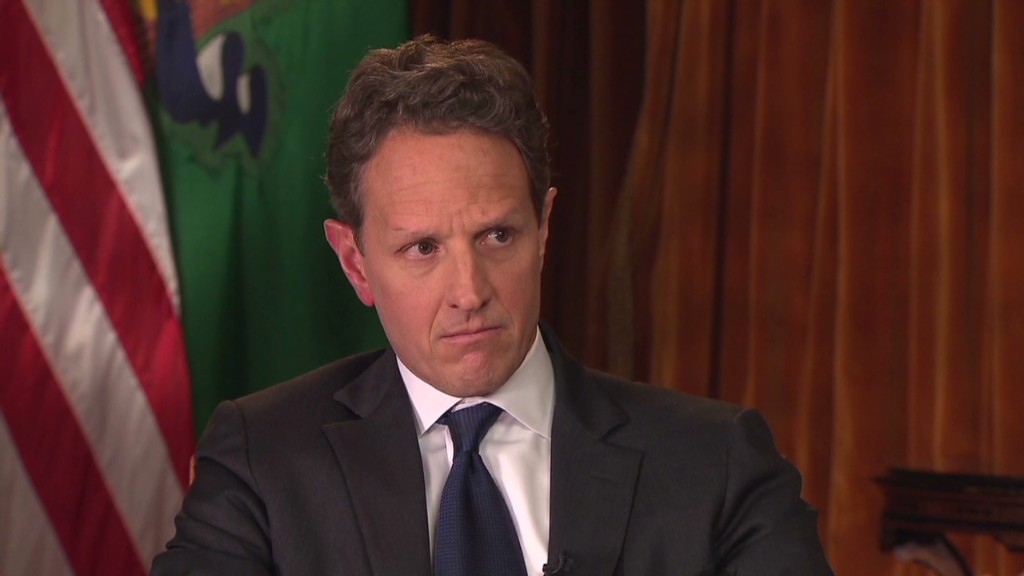
Republicans and Democrats are still largely at an impasse over a deficit reduction plan to help avert the fiscal cliff. Could farm subsidies be part of the solution?
Both House and Senate versions of the new farm bill already call for the elimination of one type of farm subsidy -- direct payments to farmers, a program with a ten-year price tag of about $46 billion.
Treasury Secretary Timothy Geithner is proposing eliminating these direct payments as part of a deficit reduction plan put forth by the White House.
"We've proposed to reform and limit farm subsidies which can save a significant amount of money," Geithner told Candy Crowley on State of the Union Sunday.
Direct payments to farmers stem out of Depression-era programs that attempted to keep hard up rural Americans from migrating to big cities, where conditions were often not much better.
They cover only a handful of crops like corn, soy and wheat. Vegetables were excluded, as transport and refrigeration technology of the time forced most people to eat vegetables grown in smaller, local gardens.
Related: Independent farms rake in millions
Direct payments are based on historical output of the farm, not current production. That means some are made to farms no longer growing, which has led to "paying farmers not to farm" criticism.
Representing about a third of the money spent on farm subsidies, these direct payments have long been accused of running counter to the country's free trade agreements, encouraging environmentally destructive mono cropping, and wasting taxpayer money, especially in a time of high commodity prices when many farmers are doing quite well.
"The future for direct payments does not look good, thankfully," said Craig Cox, agricultural director for the Environmental Working Group. "They have no relationship to what's going on on the farm today."
Yet even if the payments are eliminated, taxpayers won't see all of the $46 billion in savings.
To maintain a social safety net for farmers, both the House and Senate versions of the farm bill increase support for other types of farm subsidies, such as government sponsored crop insurance.
Though some industry experts criticize boosting crop insurance for allowing farmers to continue practices that damage the environment, it has helped win the support of the farm industry itself.
"Both versions are something we could accept," said Dale Moore, deputy director of public policy at the Farm Bureau.
Once the additional support is factored in, the Congressional Budget Office estimates the Senate version of the new farm bill will save about $23 billion over 10 years, while the House would save $35 billion. The White House budget sees about $32 billion in savings.
Related: One fiscal cliff fix: Raise the gas tax
While cutting direct payment farm subsidies would make a small dent in the deficit, it doesn't address the largest driver of proposed farm bill spending -- food stamps.
The food stamp program is the real lion in the farm bill -- making up nearly 80% of its ten-year cost of nearly $1 trillion. Both the Senate and House bills call for modest cuts to food stamps.

Some Republicans in the House are calling for even steeper cuts, which is thought to be holding up the bill in that chamber. They also want the White House to give some ground as part of the fiscal cliff discussion.
"It doesn't address the biggest source of farm bill spending," one GOP congressional aid said of the White House proposal. "$32 billion is not a substantial amount of money."


